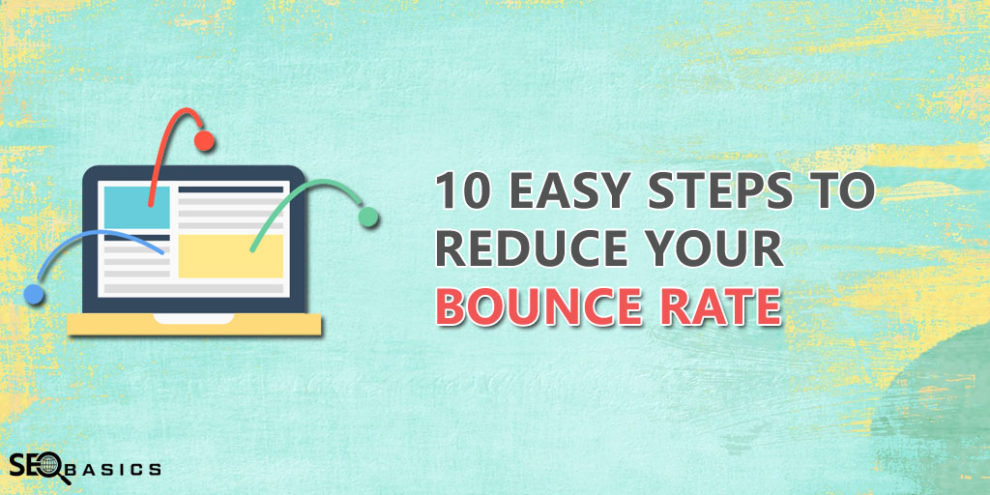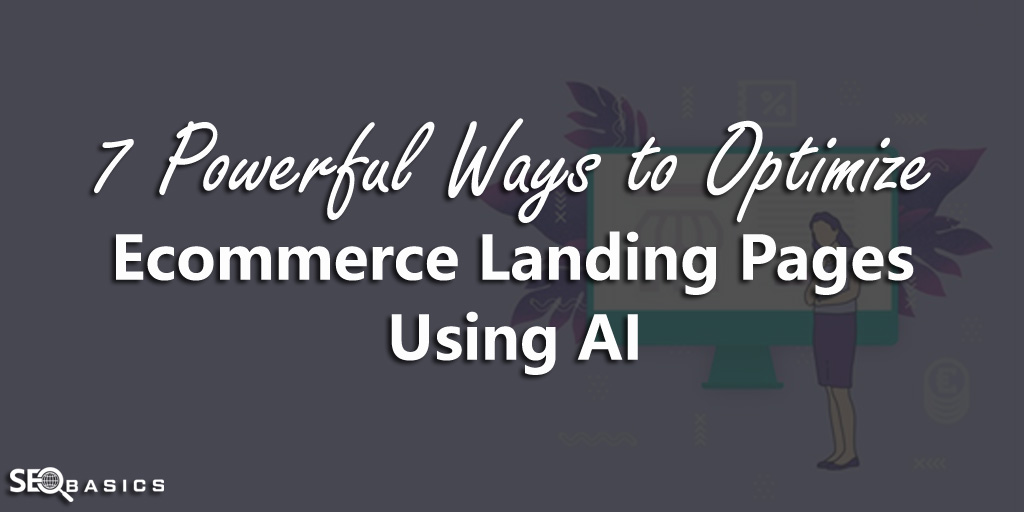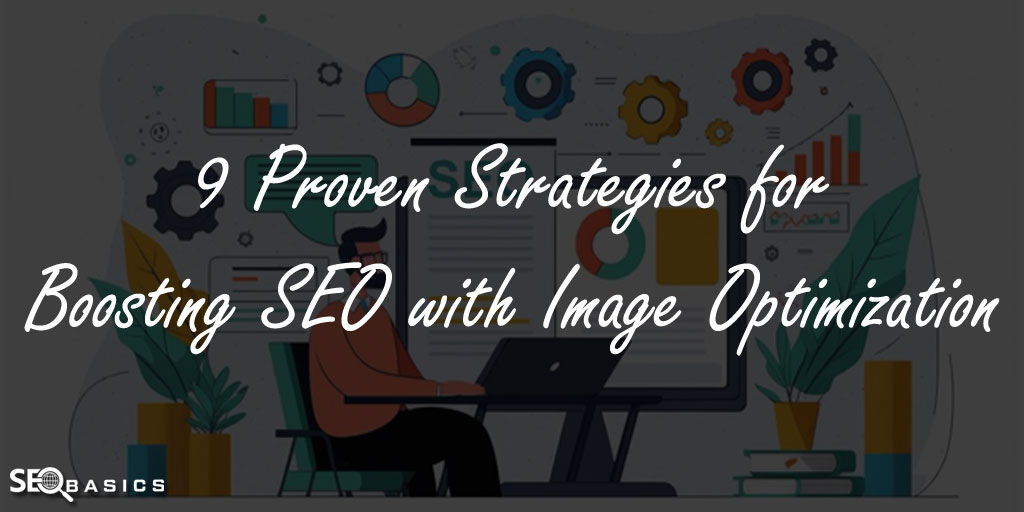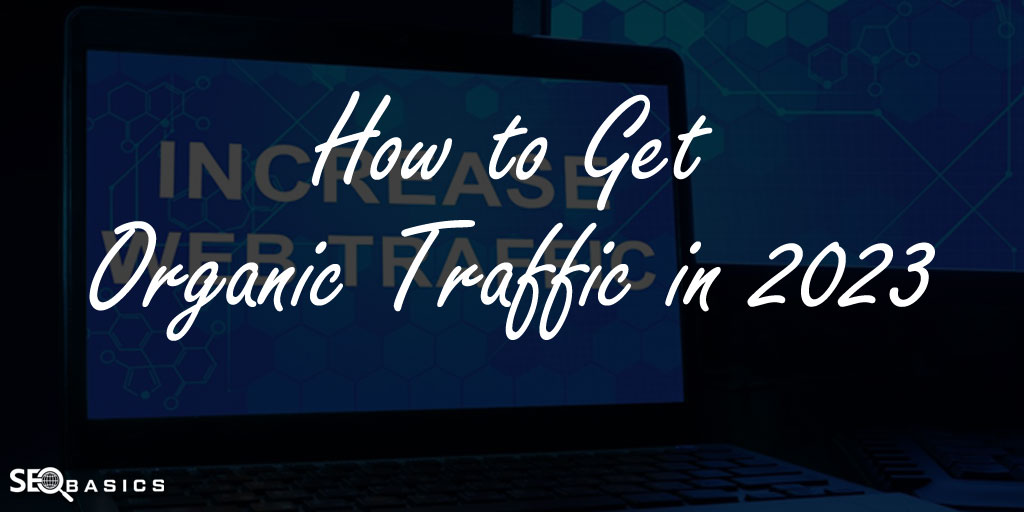Did you know that reducing your bounce rate can help you to boost your sales and conversions?
Amazing isn’t it?
Reducing bounce rate is daunting and time-consuming.
This is the reason why I have come up with this post to help you reduce the bounce rate.
Every business organization seeks to build an online presence nowadays.
Any business not opting to use the internet as a lead generating source is losing out on a huge number of opportunities.
Their aim is not only to promote their brand on the internet but also making sure that they also generate qualified leads and convert them into customers.
To achieve the set target, organizations use many organic and inorganic means.
Different strategies are used to gain more followers and use the fan base to drive sales through conversions.
Many factors affect the growth of the business organization on the internet and a major factor that is the bounce rate.
What is Bounce Rate?
Bounce rate is the percentage of visitors entering the site and then leaving instead of continuing to view other pages on the same site.
The bounce rate in Google Analytics is calculated by counting and dividing the amount of single-page visits by the complete visits.
Bounce Rate = (total number of bounces) / (total number of entrances) x 100
High bounce rates generally suggest that the website does not do a great job of attracting visitor’s continued interest.
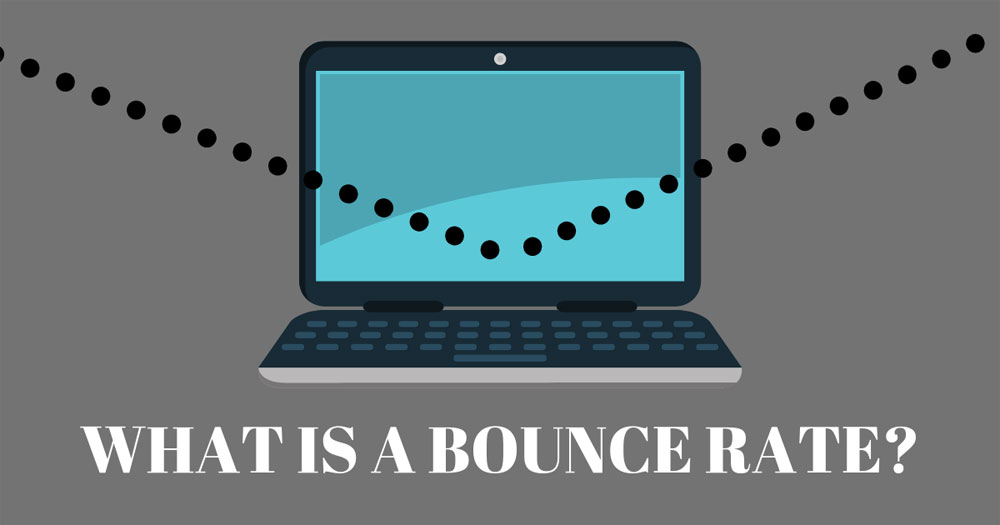
This implies that visitors only view a single page without looking at others or taking any type of action within the website before a defined time period.
The success of a website does not completely depend on the bounce rate.
Different websites have different motives, therefore, the interpretation of bounce is different.
A website seeking to gain more time on-site would appreciate a lower bounce rate.
On the other hand, an e-commerce site is only dependent on sales regardless of what the bounce rate is.
But to up the SEO game, the on-site time must be more to rank higher in the Search Engine Result Pages (SERPs).
This is to show the search engines that your site is providing valuable information and is relevant to the subject.
What is a Good Bounce Rate
As mentioned earlier, a good bounce rate differs for different companies and so cannot be precisely calculated.
But the averages can be extremely helpful in formulating different strategies.
Here is a variety of bounce rate that would help you in assessing your strategies:
- 30 – 50% is excellent
- 50 – 70% is average
- 70 – 80% is bad
- 80%+ is poor
If you have a higher bounce rate you should be taking steps to decrease it as the bounce rate is a huge factor in determining the rank of the website.
10 Actionable & Easy Steps to Reduce Bounce Rate
1. Improve User Experience (UX)
2. Attractive Landing Page
3. Page Load Time
4. Mobile-Friendly Site
5. Showcase Your Brand
6. Target Leaving Users
7. Site’s Content Readability
8. Consistent Content Quality
9. Call-To-Action
10. Conduct A/B Testing
1. Improve User Experience (UX)
User experience includes all elements of the end-user communication with the business, its services, and its products.
The first requirement for excellent user experience is to satisfy the customer’s precise requirements, without any fuss or disturbance.
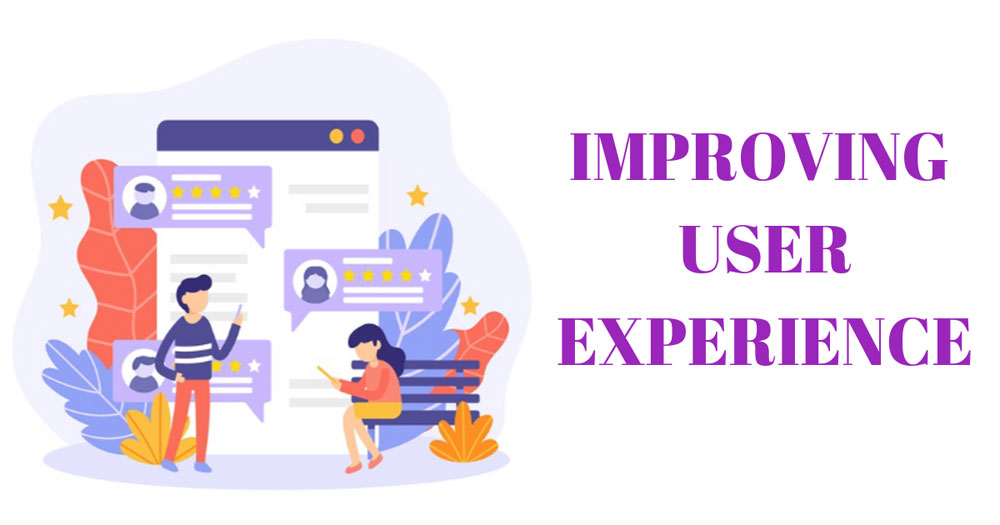
User experience is a user’s general feeling as they interact with your website.
Good user experience is when a user not only finds a website simple to use but also pleasant to use.
The better is the user experience for a visitor the lower will be the bounce rate.
To improve the user experience following steps can be taken:
- Optimize your page speed
- Use clear and attractive CTA’s
- Segment Information
- Use optimized images
- Remove 404 errors
- Avoid Pop-Ups
- Optimize for mobile sites
2. Attractive Landing Page
Landing pages have simply become a necessary element for any imaginable business in the marketing toolbox.
A landing page is just the page people land on because, unlike the homepage of your site, an ad or email addressed them to that particular page.
If your landing page has the information the visitors are looking for, the bounce rate will definitely decrease.
It is necessary to add relevant content to the landing page so the visitors don’t have to go to another site looking for the information.
The landing page you create should be attractive and solid as well.
You need to build a strong landing page to lower your bounce rate.
Make sure you write material of high quality, place your CTA buttons at the correct places, and write a convincing page title.
You should pay attention to the page’s color scheme and make sure the CTA button is highlighted.
To leave a good first impression and make visitors stay on your website, creating a compelling landing page is a crucial element.
3. Page Load Time
Page load time is the most important factor in determining the bounce rate.
Pages that take more time to load have a higher bounce rate and pages that take less time to load have a lower bounce rate.
Some of the steps to reduce page load speed are:
- One of the best ways to speed up your site is to host your media files on a content delivery network.
- Reduce the size of your CSS, HTML, and JavaScript files that are larger than 150 bytes.
- You can improve page speed by optimizing codes.
- Reduce redirects from the page.
- Use CSS sprites to build an image model that you often use as buttons and icons on your page.
- Make sure that images used are optimized and in the right format.
Make sure to speed up your website for better user experience.
4. Mobile-Friendly Site
Technologies have made progress in meeting our mobile requirements.
Websites are also an important part of this development.
Your website must be mobile-friendly and easy to navigate regardless of the type of device they use to access it.
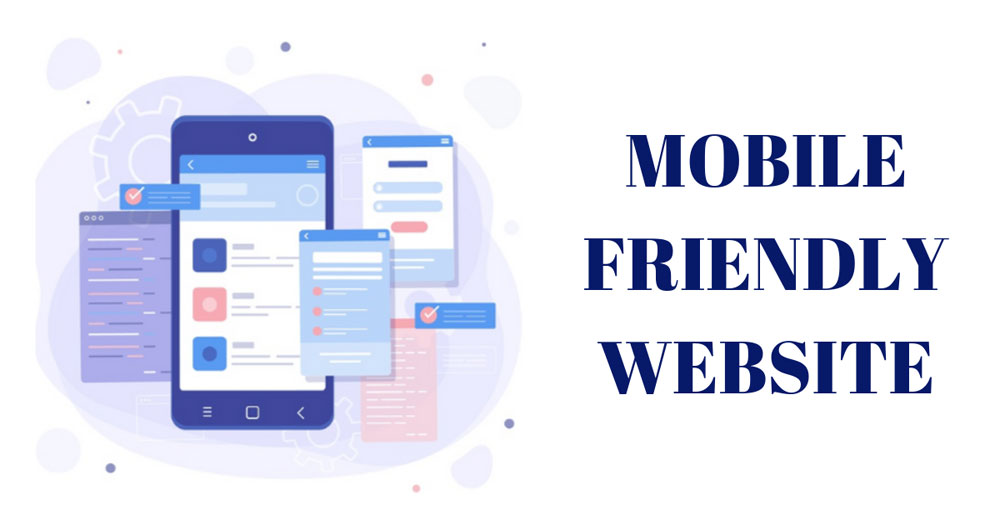
Design your web pages to allow mobile users to easily access them.
Today online visitors want helpful, appropriate, easy-to-read material on the go.
With extensive smartphone and mobile information accessibility, a big proportion of individuals are browsing the web through phones.
If your website is not mobile-optimized, individuals might rapidly bounce away.
If your site is not designed to be mobile-friendly, there will be no amazing time for visitors who access your site via a mobile device.
Not only that, you’re missing the chance to get traffic out there from the largest user base.
Also, the bounce rate will increase thereby decreasing your rank in the SERPs.
5. Showcase Your Brand
Personal branding is one of the most popular and influential marketing techniques.
The reason impression plays a vital role in sales and conversions generation is that it builds confidence between the marketer and the consumer.
By implementing the same notion, your site aims to create a sense of security by allowing visitors to trust that the value of what you are offering them.
Consumers get smarter every day, which means that before they make up their minds, they go through careful examination of an offer.
Following your product’s initial evaluation, consumers look around quickly to find out how reliable your site is.
It is possible to do personal branding in many ways.
The most common ones are to show in your website your stellar sales statistics, milestones and positive testimonials.
You can build your brand to create an emotional connection with your audience through social media.
You can integrate your website with social media platforms to make the process easier.
6. Target Leaving Users
While some visitors find it irritating, among other things, exit-intent strategies have been shown to lower bounce rates.
True to its name, it gives visitors who are about to leave your website a call-to-action pop-up.
Using this technique, you can not only reduce the bounce rate of your website but also create revenues and conversions.
Most websites simply request their email addresses from customers.
By sending them appropriate offers, it enables them to remain in contact with the customer and eventually transform them into paying clients.
You can also use your exit-intent popup to demonstrate a last-minute discount.
But remember if a customer chooses not to take advantage of the bid, they can simply close the window and never return.
This provides your visitors with the opportunity to remain in contact if you combine an exit bid with a subscription form.
7. Site’s Content Readability
The content on the website is the most significant and crucial aspects that could form the visual appeal of your site.
One of the variables driving visitors away from your site is bad user experience.
Therefore, you want to make sure that the readability of your content is more than enough to please visitors.
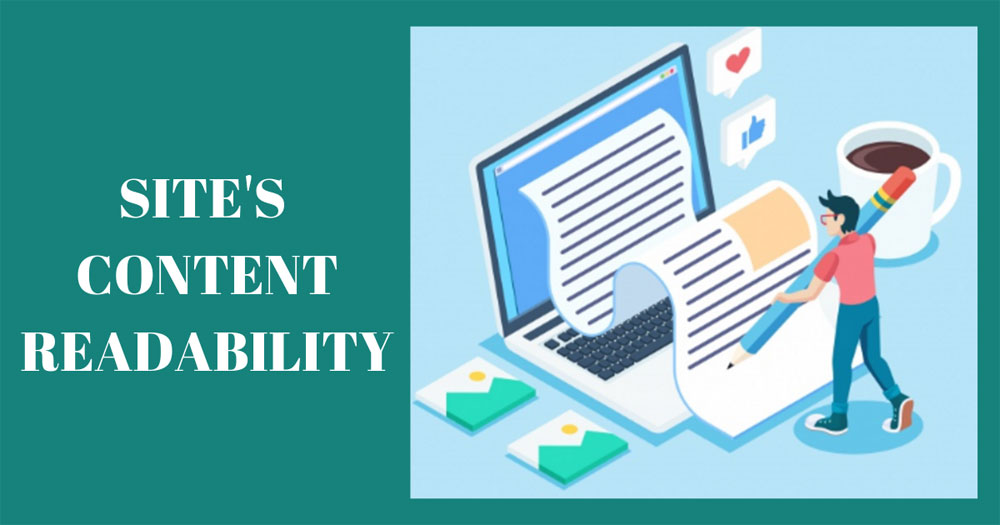
You need to make sure that all devices can read the text on your website readily.
It shouldn’t be too tiny or to read it, consumers need to squint or zoom in.
Use font sizes on smaller screens that are big enough.
Readability is not limited to the size and color of the font.
You must also make sure your website’s text looks amazing.
For text to look smooth and beautiful, there should be enough line spacing, padding, and margins.
You should split the content into sections if you want to decrease your bounce rate benchmark.
Subheadings and bullet points should also be used to make reading and understanding simpler.
Your aim should be to keep the most valuable information towards the commencement of the content.
The language and style you choose to use on your website is another significant point to consider.
Use language in a standard conversational tone that is easy to understand.
Last but not least, don’t forget to verify the spelling and inspect the whole article before posting it to spot any typos and wrong sentence structure.
Not only can these typos reduce your credibility, but they also create the impression that your content or site, in general, doesn’t matter to you.
This would function as a hook to capture your visitor’s attention, which in turn can assist in lowering your bounce rate.
8. Consistent Content Quality
While many marketing specialists would suggest experimenting with distinct content approaches, a coherent content plan is also something to be said about.
The tough cold reality is that the quality of your material makes a significant contribution to the bounce rate of your site.
Similar to a shop, if it has nothing good to sell, even excellent advertising will not save the shop.
You need to draw up a content plan that enables you to simultaneously use distinct content strategies.
Do not be afraid to experiment with various types of options for formatting and visualizing.
While you still need to concentrate on generating high-quality content, making the presentation look attractive as well does not hurt.
Visitors will only stay glued to your website if they find the content to be of high quality and consistent.
The more the content is appealing to the visitors, the better are the chances of the bounce rate going down.
9. Call-To-Action
One of the most important ways to decrease the bounce rate is by having a clear and attractive call-to-action.
Once with your headline you’ve attracted readers and engaged them with the content, don’t lose them with a bad call-to-action.
If you want to lower your bounce rate, make sure your call-to-action will force consumers to take action.
You can ask them to sign up for your channel, purchase a product, or discover more goods.
Make your call-to-action clear and concise.
Misleading customers will generate a bad customer experience for them and hence the number of bounce rates will increase and conversions will decrease.
10. Conduct A/B Testing
A/B testing is a good bounce rate checker.
It is an excellent way to find out which enhancements to generate better site commitment can be applied.
The sort of components you can test include but are not restricted to buttons, logos, banners, ad placements, and page layouts.
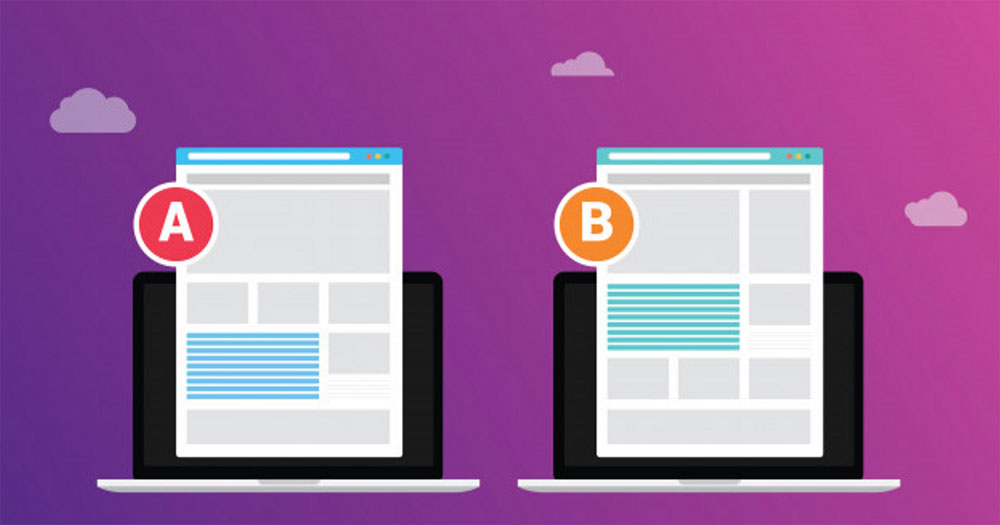
On each page, use distinct content strategies and run A / B divided tests to see how each of them performs.
You can also generate various landing pages that target distinct audiences, areas, keywords, etc.
If you serve a global crowd, the location of a user can be detected and a localized landing page can be displayed.
The display of content to customers in their language, currency, and cultural background can significantly enhance user experience.
Conclusion
We hope this article gave you some good tips to reduce bounce rate on your site and increase your conversions.
To keep a constant check on the bounce rate, you can either use bounce rate checkers that are available on the internet or check the bounce rate in Google Analytics.
You should be able to attract the correct customers and enhance customer participation by implementing the above steps.



